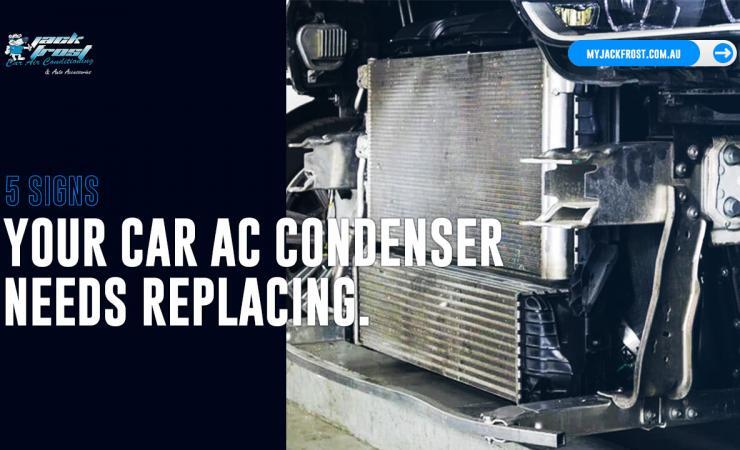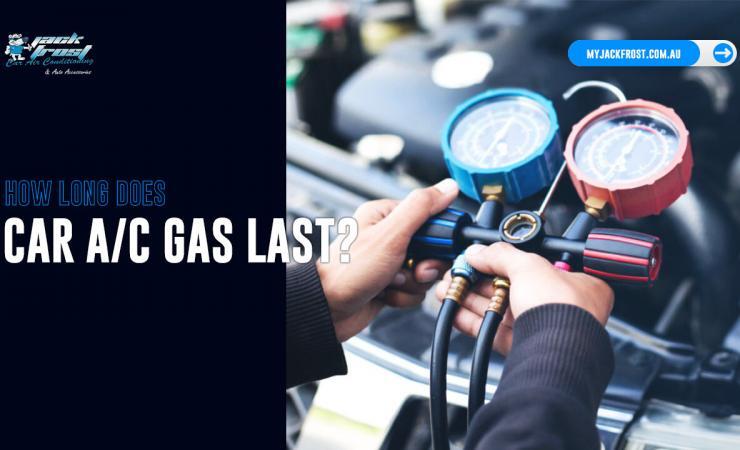Variable Displacement AC Compressor
The variable displacement AC compressor of an air conditioning unit that is driven via a belt and powered by pistons has a tendency to reduce the power of the engine and produce a distinctive “thumping” sound.
If you wish to provide adequate power to the engine and eliminate the distinctive ‘thump’, simply keep a refrigerant flow in check and ensure that the compressor is engaged at all times.
The axial piston design of the variable displacement compressor ensures that both the swash plate as well as the wobble plate is engaged to propel the piston movement.
Over here, the piston stroke’s length is directly proportional to the angle of the plate. Hence, by simply altering the angle of the plate, you can alter the length of the piston stroke thereby controlling the total amount of refrigerant that is displaced with each completed stroke.
If you wish to control the displacement, you need to control the housing pressure. This is because springs and linkages control the plate’s angle and the refrigerant pressure (that controls the plate’s angle) is present in the compressor housing.
The moment you increase the housing pressure, the pistons are automatically raised and pushed back closer to the head of the cylinder.
This movement reduces the displacement owing to the drastic reduction in the stroke’s length and the swash plate’s angle.
Reduced housing pressure compels the adjusting linkage to push away from the head of the cylinder via a spring thereby increasing the length of the piston stroke and increasing the plate angle.
This action increases the displacement. A valve fortified with passages and ports that merge with the discharge and suction chambers of the compressor head, is the prime controlling mechanism of housing pressure.
Mechanical AC Control Valve
The mechanical valves are used to control housing pressure. The precision diaphragm present in the mechanical valve has the ability to read low-end pressure. The warmth of the cabin increases the evaporator temperature which leads to an increment in the low-end temperature thereby forcing the diaphragm to collapse.
The housing pressure in the vent is diverted towards the low-side of the compressor head via a small port. This action leads to an increment in the piston stroke and a reduction in the housing pressure thereby significantly enhancing the refrigerant flow throughout the entire system.
With the reduction in the evaporator temperature, the suction pressure decreases. This action compels the diaphragm to expand, which in turn shuts down the suction vent port and opens the discharge port thereby pushing the discharge pressure into the housing.
The flow of the refrigerant and the piston stroke is reduced owing to the sudden increase in pressure. It is important to note that the valve controlling the diaphragm remains undeterred as the change in refrigerant flow volume does not alter the pressure.
In the year 2001, a solenoid valve using pulse-width modulating technology was introduced by DENSO to keep the housing pressure in check. This valve was manufactured on the basis of readings of the pressure sensors and the temperature within the refrigerant system.
The duty cycle of this special valve is controlled by a computer. This ensures that the evaporator temperature can now be controlled with the help of the compressor displacement.
Before the introduction of this special valve, the compressor displacement was controlled by the evaporator temperature.
Interestingly, the cost-effective nature and reliability factor of the mechanical valve has kept it from becoming an obsolete item. Owing to the limited range of control of a mechanical valve, it is being overrun by electronic controlled valves.
Electronic Control Valve
Just like the mechanical control valve, the electronic control valve is used to control housing pressure. Electronic control valves are becoming more common, and on many applications there is no clutch, so the compressor runs continuously. The lack of clutch in several applications ensures the smooth functioning of the compressor.
When cooling is not required, there is a 1% reduction in the displacement thereby reducing damages caused by long term inactivity. Even seals are kept well lubricated and oil pooling is reduced to a bare minimum.
This in turn reduces the load on the engine even when the air conditioning unit is functional.
This action also reduces tailpipe emissions. With new regulations on emissions and mileage, the growth of variable displacement compressors using electronically controlled mechanisms on new models, is inevitable.
Replacing Electric Control Valve for European Cars
If your experiencing poor, intermittent, and very long periods to get remotely cool you more than likely have a faulty electronic control valve, we have found this to be a very common problem post 2002 VW’s & other European models such as; Audi , Peugeot, Skoda, Volvo, Toyota , Mercedes, Kia, Hyundai, Holden’s and Renault.
Jack Frost Car Air Conditioning has diagnosed and replaced numerous faulty electronic control valves with great success.
This valve is located in the compressor and is controlled by your cars computer and climate control , it regulates the gas flow through the compressor to achieve a consistent and comfortable cabin temperature,this valve is on constantly when driving causing it to either burn out, get jammed or out of calibration therefore not letting enough gas through compressor and performing poorly. We can rectify this problem by doing a thorough diagnosis.
Jack Frost Electronic Valve Service Process
- Diagnosis
- Degas system & replace control valve
- Re-gas
- Test system operation
- Test condenser
- Test cooling fans
- Test compressor pressures
- Check cabin vent temperature is below 8 degrees
This Comes with 12 months warranty On the valve operation.
We offer a NO fix NO pay Guarantee!
Simply Re-Gassing the system is a waste of money and you will find other car air conditioning services will simply regas without giving a thorough diagnosis. This will create more problems to your car air conditioning system, in the long run, putting you further out of pocket.
The other option is to fit a completely new compressor valued at $1500 plus but we don’t see why you should have to replace a compressor that may have only done 50k-100k.
9 times out of 10 this service will fix your problem. If this does solve the problem, the issue will lay internally in the Car AC compressor.
* Min $90 diagnosis charge applies if ac compressor is found to be faulty.
Give Jack Frost a call or Simply Inquire by filling the Quote Form out on this page.





The larger the displacement, the harder it is to turn the compressor shaft and the more engine power is needed. Correspondingly, the smaller the displacement, the lesser engine power is needed. Lesser engine power requirement means lesser fuel consumption. And since the compressor’s displacement is not maximum at normal condition, lesser engine power is needed. Hence, lower fuel d consumption. With regards to the ‘tick over’, there are a number of possible causes. One thing I can suggest is to check if your car has a window type of refrigerant pressure sensor, the one that triggers the turning off of the compressor when the pressure is low and when the pressure is high. It could be possible that the sensor is sensing a high pressure due to overcharging or insufficient cooling.
I have a 2006 X5 with a variable displacement control valve equipped compressor. There is a delay in getting cold air. I would like to have the compressor replaced with a conventional compressor. Is that possible?